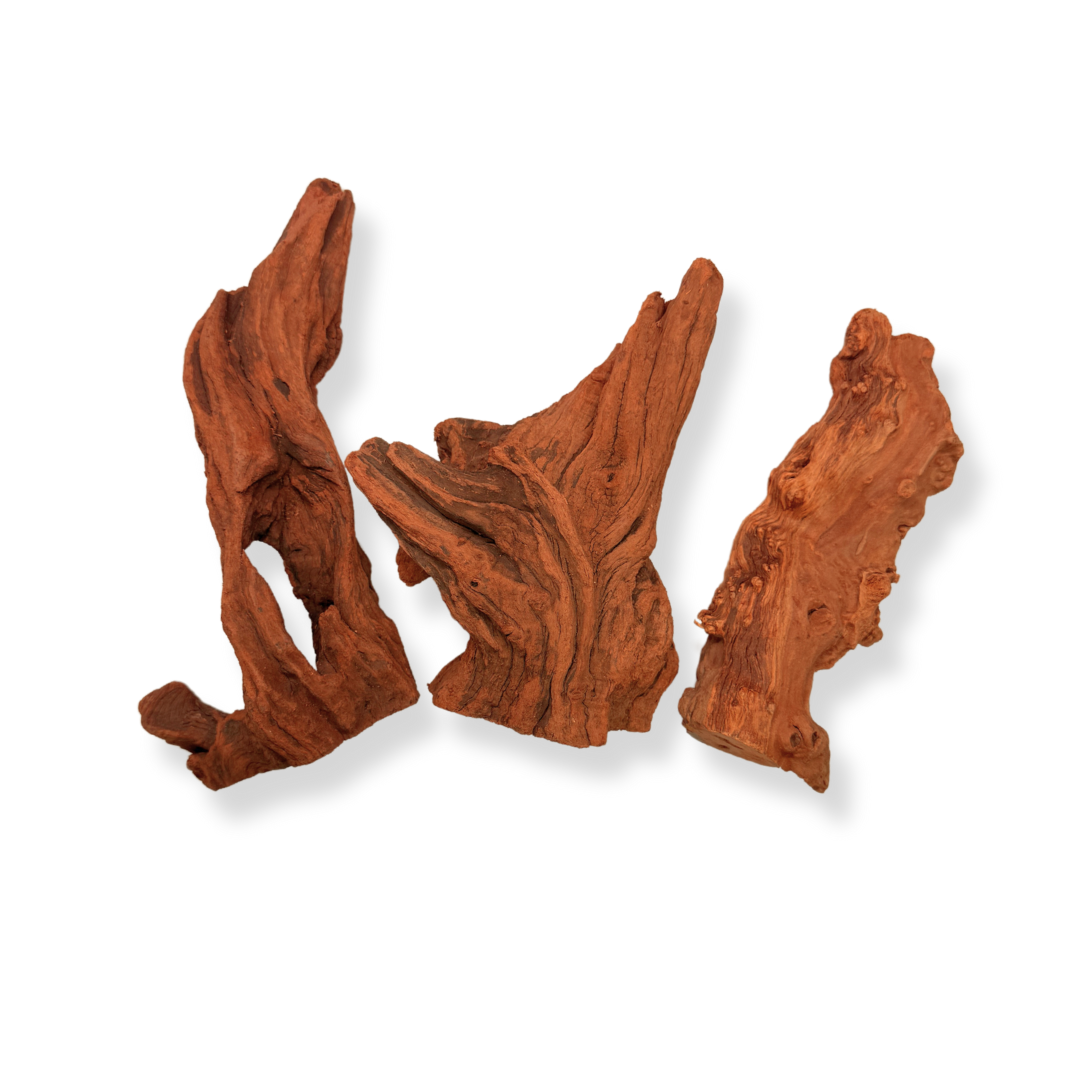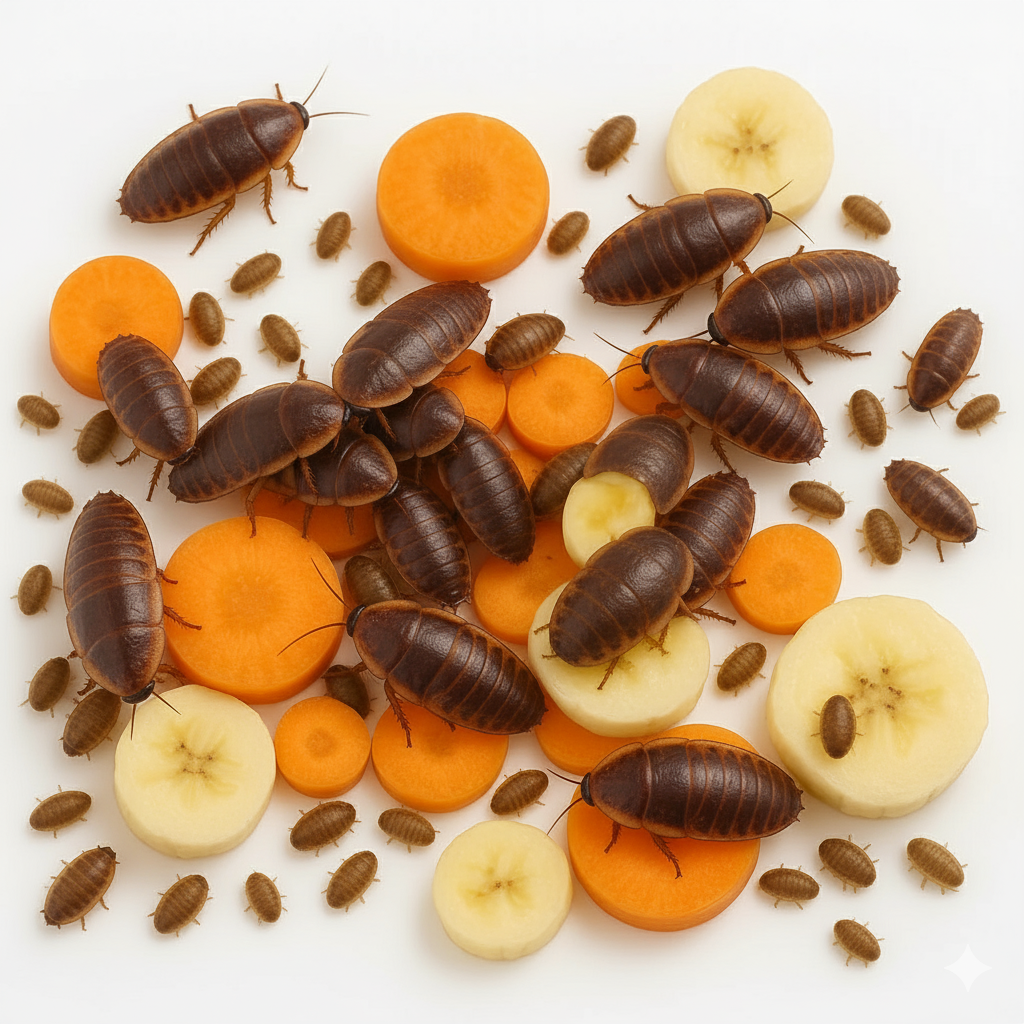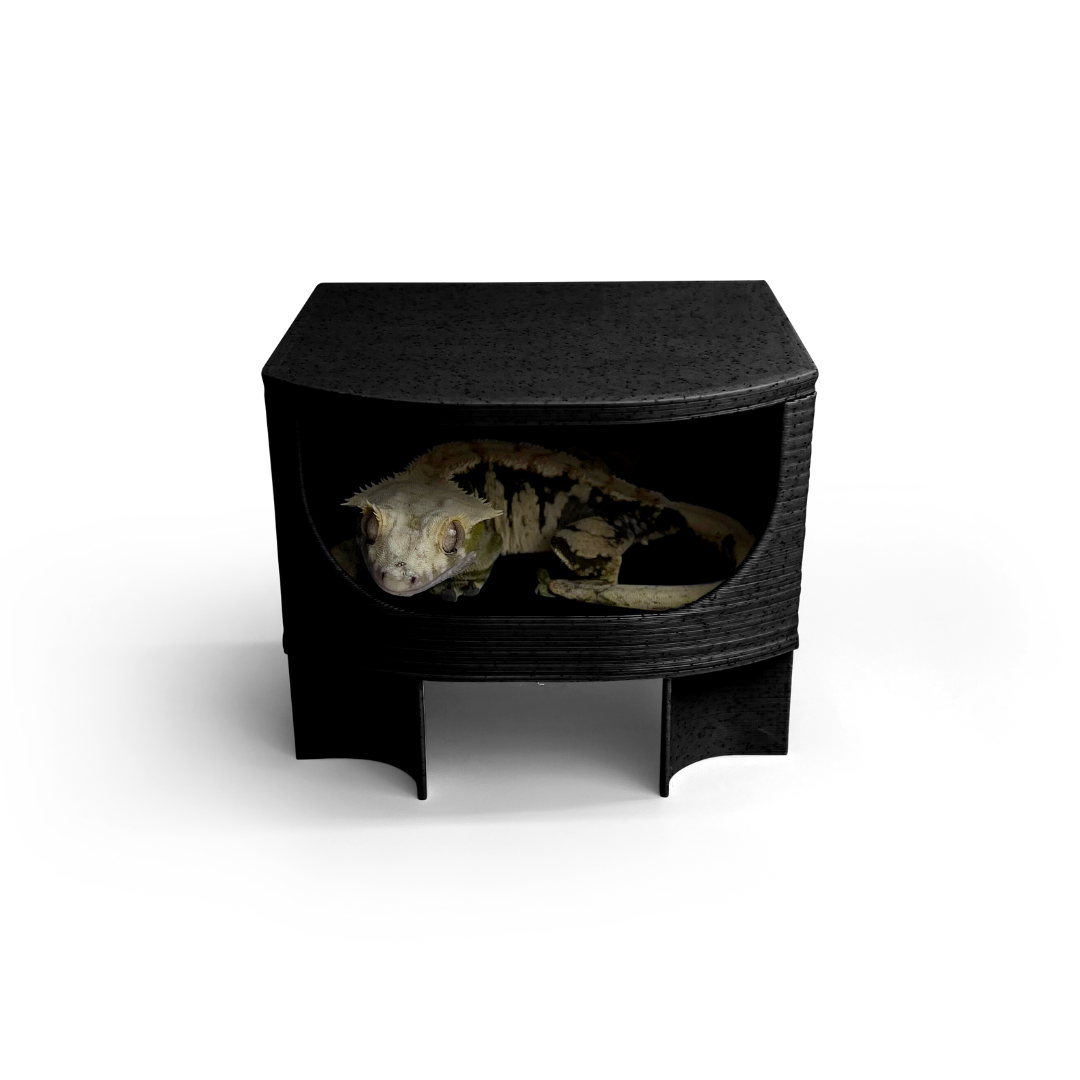As a gecko parent, one of the most important aspects of your leopard gecko's care is making sure you're providing them with the right nutrition. But with so many different feeder options out there, how can you be sure you're feeding them the right foods for a healthy, happy gecko?
Let's discuss exactly what leopard geckos eat, how to create a balanced diet, and practical tips for feeding them to keep them thriving. Plus, we’ll recommend that can make feeding time easier and more efficient for you!
What Do Leopard Geckos Eat?
Leopard geckos are insectivores, which means they mainly eat insects in their natural habitat. However, to keep your gecko healthy in captivity, you'll want to ensure that they have a variety of nutritious food options.

The Main Staples of a Leopard Gecko’s Diet
-
Crickets
Crickets are one of the most common foods for leopard geckos. They are high in protein and are readily available at most pet stores. Be sure to buy crickets that are an appropriate size for your gecko—if they’re too large, they can pose a choking hazard. -
Mealworms
Mealworms are another great option for geckos. They’re easy to find and are a good source of protein and fat. Be sure to feed them appropriately sized mealworms (especially for baby geckos) and avoid overfeeding, as too many mealworms can lead to obesity. -
Dubia Roaches (The Superior Feeder)
If you're looking for a feeder insect that is both highly nutritious and easy to digest, look no further than Dubia Roaches! Unlike crickets, they don’t have the potential to harm your gecko with sharp legs or wings, and they offer a balanced mix of protein, fat, and moisture. Plus, Dubia Roaches are less likely to escape, making them easier to manage.Pro Tip: Dubia Roaches are ideal for adult geckos who require more substantial meals. Their soft exoskeleton makes them easier to digest than crickets, providing better nutrition.
-
Superworms
Like mealworms, superworms are rich in fat, so they should be fed in moderation. They’re a great treat but should not make up the bulk of your gecko’s diet. -
Fruits and Vegetables
While leopard geckos are insectivores, offering a small amount of fruits and vegetables is a great way to supplement their diet. They may enjoy small pieces of watermelon, papaya, or even grated carrots. These should be offered only occasionally and in small amounts, as they don’t need to be a significant part of their diet.

The Key to a Balanced Diet
The key to a healthy leopard gecko diet is variety and balance. Feed your gecko a mix of live insects, such as crickets, mealworms, and Dubia Roaches, to keep them nutritionally balanced. It’s also important to gut-load your feeders (feed them nutritious foods before feeding them to your gecko) to enhance the nutritional value of your gecko’s meals.

Don’t forget to serve your insects with calcium and multivitamin powder every 2-3 feedings to ensure your gecko gets the proper vitamins and minerals.
Making Feeding Easier with Geckopia Triple Dish
Feeding your gecko shouldn’t be a hassle. If you’ve ever dealt with dubias crawling out of traditional dishes or insects getting lost in the tank, you know how frustrating and wasteful it can be. By the time your gecko is ready to eat, most of the food is gone, leaving your pet hungry and your enclosure messy.
The Geckopia Triple Dish solves all that. With three separate sections for different foods, it saves space, keeps food contained, and ensures your gecko always has access to fresh meals. No more wasted insects, less mess, and happier geckos.
Don't let feeding time be stressful—make it easier with the Geckopia Triple Dish.

How Often Should I Feed My Gecko?
Leopard geckos typically need to be fed 2-3 times a week when they’re adults. However, babies and juveniles require more frequent feedings. Here’s a simple guide to help you:
- Baby geckos (under 6 months): Feed them 2-3 small crickets or mealworms daily until they reach around 15 grams or 4 inches long.
- Juveniles (6 months to 1 year): Feed them 4-6 insects every other day.
- Adults (over 1 year): Feed them 2-3 larger insects, such as Dubia Roaches, 2-3 times per week.
Why You Should Choose Geckopia Triple Dish and Dubia Roaches
-
Geckopia Triple Dish: With its easy-to-clean design, the Triple Dish ensures that your gecko’s food is neatly organized and accessible. It’s a game-changer for gecko parents looking to simplify their feeding routine.
-
Dubia Roaches: If you’re tired of constantly replacing crickets, give Dubia Roaches a try. They’re nutritious, less odorous, and easy to maintain—an all-around winner for geckos of all ages!

Feeding your leopard gecko the right foods is essential for their health and happiness. By providing them with a variety of insects, like crickets, mealworms, and Dubia Roaches, you’re helping them live a long, vibrant life. And with the Geckopia Triple Dish, feeding time becomes a breeze, allowing you to spend more time enjoying your gecko and less time managing their meals.
Ready to make feeding time easier? Head over to our store to grab your Geckopia Triple Dish and Dubia Roaches today!





































































Leave a comment